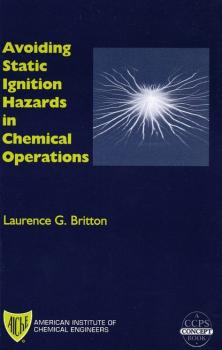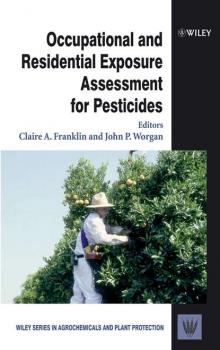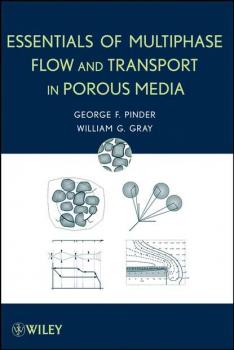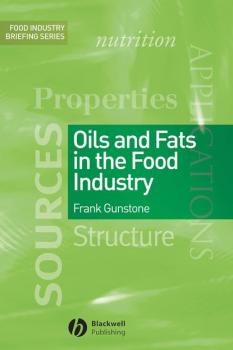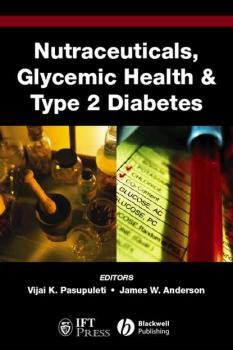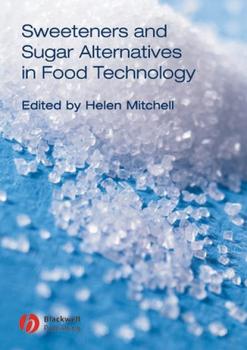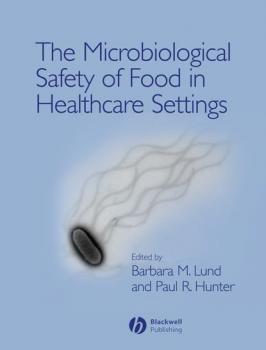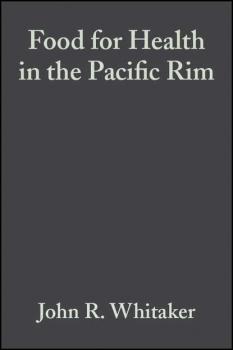ТОП просматриваемых книг сайта:
Техническая литература
Различные книги в жанре Техническая литература, доступные для чтения и скачиванияАннотация
The use of fibre optic sensors in structural health monitoring has rapidly accelerated in recent years. By embedding fibre optic sensors in structures (e.g. buildings, bridges and pipelines) it is possible to obtain real time data on structural changes such as stress or strain. Engineers use monitoring data to detect deviations from a structure’s original design performance in order to optimise the operation, repair and maintenance of a structure over time. Fibre Optic Methods for Structural Health Monitoring is organised as a step-by-step guide to implementing a monitoring system and includes examples of common structures and their most-frequently monitored parameters. This book: presents a universal method for static structural health monitoring, using a technique with proven effectiveness in hundreds of applications worldwide; discusses a variety of different structures including buildings, bridges, dams, tunnels and pipelines; features case studies which describe common problems and offer solutions to those problems; provides advice on establishing mechanical parameters to monitor (including deformations, rotations and displacements) and on placing sensors to achieve monitoring objectives; identifies methods for interpreting data according to construction material and shows how to apply numerical concepts and formulae to data in order to inform decision making. Fibre Optic Methods for Structural Health Monitoring is an invaluable reference for practising engineers in the fields of civil, structural and geotechnical engineering. It will also be of interest to academics and undergraduate/graduate students studying civil and structural engineering.
Аннотация
Written by Laurence Britton, who has over 20 years' experience in the fields of static ignition and process fire and explosion hazards research, this resource addresses an area not extensively covered in process safety standards or literature: understanding and reducing potential hazards associated with static electricity. The book covers the nature of static electricity, characteristics and effective energies of different static resources, techniques for evaluating static electricity hazards, general bonding, grounding, and other techniques used to control static or prevent ignition, gases and liquids, powders and hybrid mixtures.
Аннотация
Strategies for Protecting National Critical Infrastructure Assets eases the research burden, develops investigative protocols, and pulls together data into a comprehensive and practical guide, to help the serious reader understand advanced concepts and techniques of risk assessment with an emphasis on meeting the security needs of the critical national infrastructure. The text is divided into five major sections, which are further broken down by individual chapters, each addressing one element of risk assessment as well as focusing attention on applying the risk assessment methodology to a particular industry. This book establishes a new and acceptable approach for conducting risk assessments in a high-risk world. Helps the reader to understand advanced concepts and techniques of risk assessment Provides a quick, reliable, and practical «briefcase» reference to use in the office as well as on the road Introduces the elements of the risk assessment process by defining its purpose and objectives, describing the behavioural and physical sciences, the techniques employed in the process, and the measurement and evaluation tools and standards used to perform an objective risk assessment.
Аннотация
This timely publication concentrates on the exposure to pesticides by agricultural workers and residential users of pesticides through inhalation and physical contact. The book discusses more recently discovered risks such as pesticides on indoor carpets and includes new trends in data interpretation. Occupational & Residential Exposure Assessment for Pesticides complements the other title on pesticide exposure in the series – Pesticide Residues in Drinking Water, by Hamilton/Crossley and is a must for all professionals in the Pesticide Industry as well as academics.
Аннотация
Learn the fundamental concepts that underlie the physics of multiphase flow and transport in porous media with the information in Essentials of Multiphase Flow in Porous Media, which demonstrates the mathematical-physical ways to express and address multiphase flow problems. Find a logical, step-by-step introduction to everything from the simple concepts to the advanced equations useful for addressing real-world problems like infiltration, groundwater contamination, and movement of non-aqueous phase liquids. Discover and apply the governing equations for application to these and other problems in light of the physics that influence system behavior.
Аннотация
Oils and fats are almost ubiquitous in food processing – whether naturally occurring in foods or added as ingredients for functional benefits and, despite the impression given by several sources to the contrary, they remain an essential part of the human diet. However, it is increasingly apparent that both the quantity and the quality of the fat consumed are vital to achieving a balanced diet. Health concerns regarding high-fat diets continue to have a high profile, and still represent a pressing issue for food manufacturers. This volume provides a concise and easy-to-use reference on the nature of oils and fats for those working in the food industry and for those in the media seeking to advise the public on consumption. Written in a style that makes the concepts and information contained easily accessible, and using a minimum of chemical structures, the nature and composition of the constituents of oils and fats are explained. The major sources of food lipids (vegetable and animal fats) are outlined, along with their physical characteristics. The book also focuses on the current main concerns of the food industry regarding oils and fats use, including: the nutritional properties of fats and oils and their various components; links between chemical structure and physiological properties; and the role of lipids in some of the more important disease conditions such as obesity, diabetes, coronary heart disease and cancer. The final chapter is devoted to a description of the most common food uses of oils and fats. The book will be of interest to food industry professionals, students or others who require a working knowledge of oils and fats in the food industry.
Аннотация
Type 2 diabetes is a growing problem for the developed and developing countries and it is a burden on healthcare systems as well as individuals. Nutraceuticals, Glycemic Health and Type 2 Diabetes primarily focuses on the nutraceuticals that assist in preventing and managing prediabetes and type 2 diabetes. The book gives an overview of glycemic health and highlights the use of novel and upcoming nutraceutical ingredients such as bioactive peptides, traditional herbs from China, India and Mexico, resistant starches, cinnamon, chromium and others. After the successful commercial application of bioactive peptides as nutraceutical ingredients in the management of blood pressure, companies are now focusing on peptides for the prevention and management of type 2 diabetes. Resistant starches in the clinical studies have demonstrated to reduce the glycemic and insulin response and increasing insulin sensitivity. These and other nutraceuticals that are supported by scientific and clinical studies are highlighted. The editors and contributors are experts in their respective fields and are largely from the university, industry and government. Nutraceuticals, Glycemic Health and Type 2 Diabetes will be useful as a standard reference book for all those concerned with the role of nutraceuticals and glycemia in the prevention and control of type 2 diabetes.
Аннотация
Sugar replacement in food and beverage manufacture no longer has just an economic benefit. The use of ingredients to improve the nutritional status of a food product is now one of the major driving forces in new product development. It is therefore important, as options for sugar replacement continue to increase, that expert knowledge and information in this area is readily available. Sweeteners and Sugar Alternatives in Food Technology provides the information required for sweetening and functional solutions, enabling manufacturers to produce processed foods that not only taste and perform as well as sugar-based products, but also offer consumer benefits such as calorie reduction, dental health benefits, digestive health benefits and improvements in long term disease risk through strategies such as dietary glycaemic control. Part I of this comprehensive book addresses these health and nutritional considerations. Part II covers non-nutritive, high-intensity sweeteners, providing insights into blending opportunities for qualitative and quantitative sweetness improvement as well as exhaustive application opportunities. Part III deals with reduced calorie bulk sweeteners, which offer bulk with fewer calories than sugar, and includes both the commercially successful polyols as well as tagatose, an emerging functional bulk sweetener. Part IV looks at the less well-established sweeteners that do not conform in all respects to what may be considered to be standard sweetening properties. Finally, Part V examines bulking agents and multifunctional ingredients. Summary tables at the end of each section provide valuable, concentrated data on each of the sweeteners covered. The book is directed at food scientists and technologists as well as ingredients suppliers.
Аннотация
Drawing together the work of a wide range of experts, this extremely important book provides a clear, practical account of the salient features of foodborne pathogenic microorganisms and of the particular risks that they pose to vulnerable groups of the population in hospitals, nursing and residential homes, nurseries, and in the community at large. Chapters cover the following topics: • Properties and importance of microorganisms that cause foodborne disease • Surveillance of foodborne disease • Occurrence of foodborne disease in healthcare settings • Vulnerable groups of the population • Provisions for food and water • Implementation of safety systems Presenting a wealth of information of great importance, this comprehensive and well-edited book is a vital resource for physicians, doctors and nurses responsible for the control of infection, clinicians, physicians, public health doctors and specialists, those responsible for catering management, microbiologists, environmental health officers, food scientists and food technologists. It is also designed to be accessible to policy makers and administrators who may not have specialist training. Libraries in all universities, research establishments and medical schools where these subjects are studied and taught should have copies of this essential work on their shelves.
Аннотация
There are 71 chapters in the book and authors from Australia, Brazil, Canada, China, Hong Kong, Japan, Mexico, Taiwan and the United States. The chapters are arranged under seven sections, which include General Topics in Food Science and Technology; Food Processing and Engineering; Antioxidants in Foods; Nutrition and Food Science; Food Safety; Sensory Science of Foods; and Food Biotechnology. Many of the chapters are exceptional in the quality and depth of science and state-of-the-art instrumentation and techniques used in the experimentation. There is literally a gold mine of new information available in this book, not only for healthful foods for the Pacific Rim but for many other areas as well.


